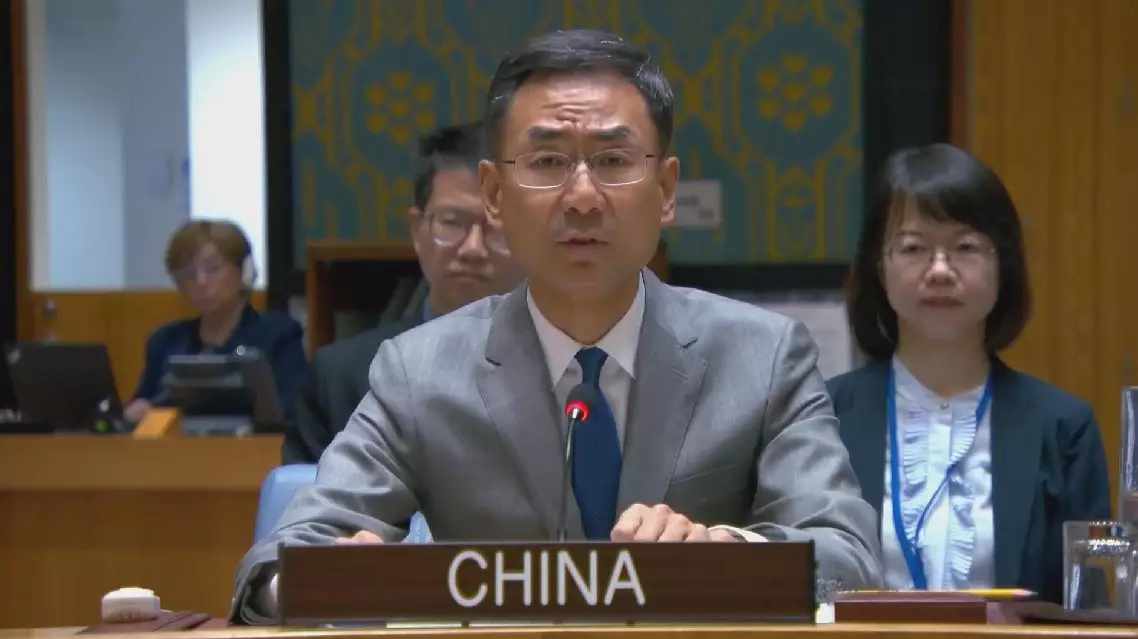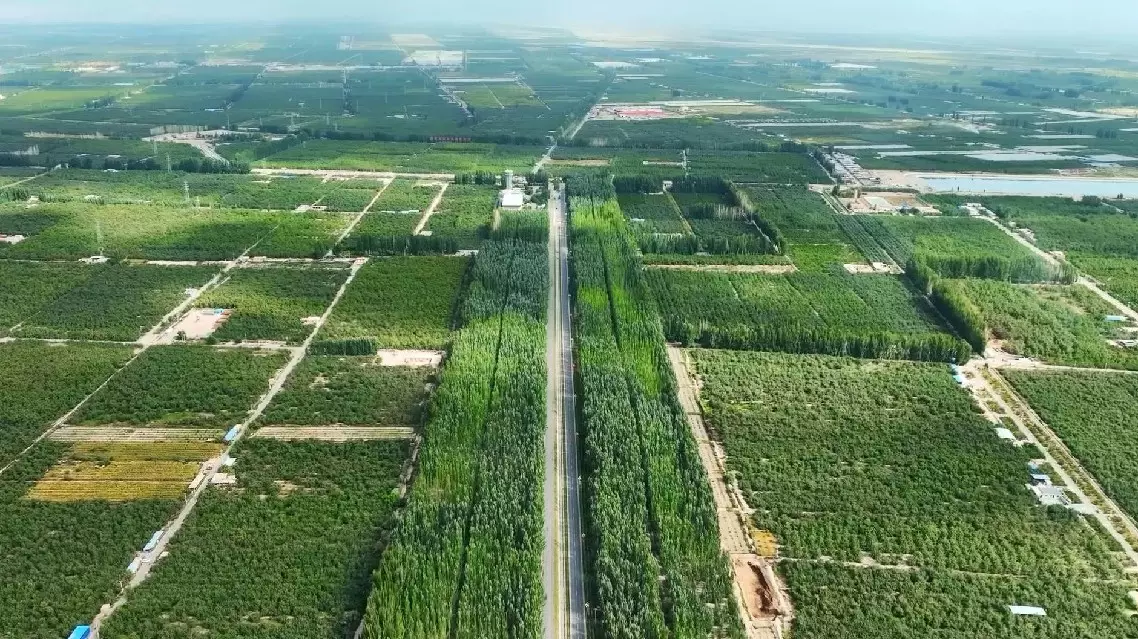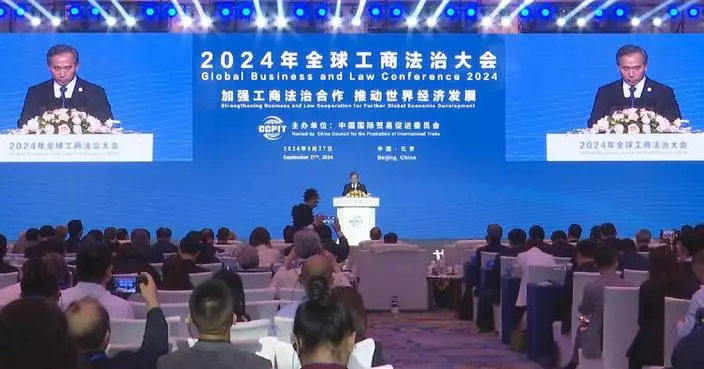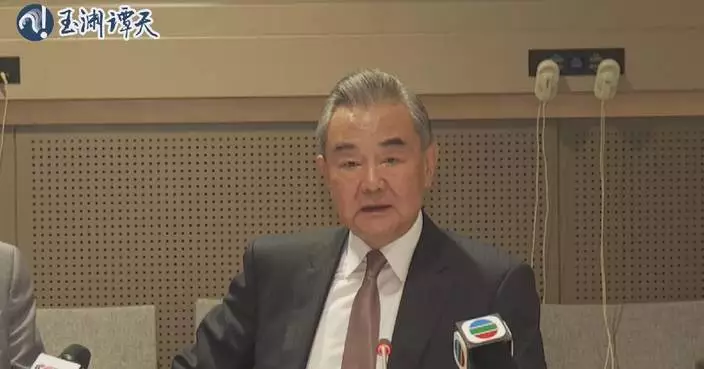China calls for helpful efforts from the UN Security Council to revive war-crippling Afghan economy and urges relevant countries to provide necessary resources for the development of Afghanistan, said Geng Shuang, China's deputy permanent representative to UN, on Friday.
The Chinese envoy said that the Security Council should support the dialog and exchanges with the Afghan caretaker government, Afghanistan's battle with the humanitarian challenges and development bottlenecks, and the caretaker government's anti-terrorism efforts.
He stressed that the United States' military intervention had caused huge disasters and severe scars to the Afghan people, for this reason the country should take practical steps to shoulder its historical responsibility, increasing aid and capital into Afghanistan, rather than leaving destructions behind without doing anything.
"What calls for concern is that relevant country has imposed illegal unilateral sanctions on Afghanistan, severely destroying the country's financial system, affecting the normal operation of Afghan enterprises, and disrupting the country's trade with other countries, which all become pressing problems in Afghanistan's development. The UN Security Council should urge relevant country to unconditionally end its illegal sanctions immediately, fully return the frozen Afghan assets abroad and provide necessary resources for the country's development," said Geng.
Geng said as a friendly neighboring country of Afghanistan, China always unwaveringly supports the peace, stability, development and prosperity of Afghanistan, and will continue to provide assistance to the Afghan people within its means.
From June 30 to July 1, the third Meeting of Special Envoys on Afghanistan will be held in Doha. The Chinese side hopes that all the participants will strengthen communication with the Afghan caretaker government, helping the meeting yield practical results in microfinance, enterprise development, fighting against drugs, and substitution cultivation, added Geng.
At Friday's meeting, Roza Isakovna Otunbayeva, Special Representative of Secretary-General for Afghanistan and Lisa Doughten, Director of Financing and Partnerships Division of United Nations Office for Coordination of Humanitarian Affairs, reported on the situation of Afghanistan.
Otunbayeva said that the financial environment of Afghanistan is better than before due to improved security and reduced corruption, but the country's access to international banking system is facing challenges.
Doughten said that Afghanistan's need for humanitarian aid remains huge. About half of the Afghan people, or 23 million civilians are in need of humanitarian aid, the third largest worldwide.

China urges helpful efforts from UN to revive war-crippling Afghan economy: envoy

China urges helpful efforts from UN to revive war-crippling Afghan economy: envoy
Decades of persistent efforts against desertification in and around Kekeya have paid off, generating economic and ecological benefits for this once-arid land in Aksu Prefecture, located in northwest China's Xinjiang Uygur Autonomous Region. Nestled on the northern edge of the formidable Taklimakan Desert, Kekeya was once notorious for its tumultuous weather and ceaseless sandstorms. Covering a staggering expanse of 337,000 square kilometers, the Taklimakan is China's largest desert and is infamously known as the "Sea of Death".
In an effort to combat desertification and alleviate the adverse effects of shifting sands and dust storms on nearby residents, an ambitious afforestation project was launched in Kekeya in 1986. Consequently, what is now known as the "Green Great Wall" has gradually emerged.
Faced with water shortages, high soil salinity, and a lack of heavy machinery, those pioneers who first engaged in the project in Aksu rose to the challenge. They toiled with simple tools to soften the hardened soil, level the ground, and adjust soil alkalinity to create a suitable environment for the growth of trees.
"We were planting trees almost every spring and autumn then," said Song Jianjiang, one of the first forest rangers for the afforestation project.
One year later, the barren land of Kekeya showed its first signs of greenery. Local people saw hope for better living conditions, without sand finding its way into their rice bowls.
"We were planting trees almost every spring and autumn then. Since our shelter-belt forest was planted, it has blocked the wind and sand from afar, helped keep our homes clean," said Song.
In the first decade of the afforestation project, Kekeya saw about 2,200 hectares of artificial forest completed, and another 4,360 hectares in the second decade.
Since 2012, Kekeya has achieved 62,000 hectares of afforestation, and the total afforestation has exceeded 80,000 hectares.
Zhao Hongguang, a local apple grower, said there is a stark difference between growing on the land now as compared to 30 years ago.
"Back then, I planted over 2.6 hectares of land, but only 280 pear and apple trees survived. Now, one mu (one-fifteenth of a hectare) of land can produce 3 to 4 tons of apples. Four tons of apples can sell for over 20,000 yuan (about 2,852 U.S. dollars). Most of my apples are sold to the Yangtze River Delta and the Pearl River Delta regions," he said.
Residents Su Hui and his wife Lu Fang are both photography hobbyists. As the ecological environment improves, more birds and wildlife are captured in their lenses.
"In recent years, as the ecological environment improves, some bird species that we had never seen before have appeared in Aksu, such as kingfishers, red crossbills, and bluethroats. These birds were never seen in Aksu before, but now they can be spotted here," said Su.
After relentless efforts spanning generations, the afforestation project in Kekeya has achieved over 80,000 hectares of afforestation. Kekeya's forest coverage rate rose from 8 percent in 1986 to 73 percent in 2020. Today, green spaces and pocket parks are spreading throughout Aksu's urban areas.
"We have built the shelterbelt forest in Kekeya, and it has brought hope to everyone here," said Song.

Xinjiang's Kekeya becomes green miracle in China's largest desert











